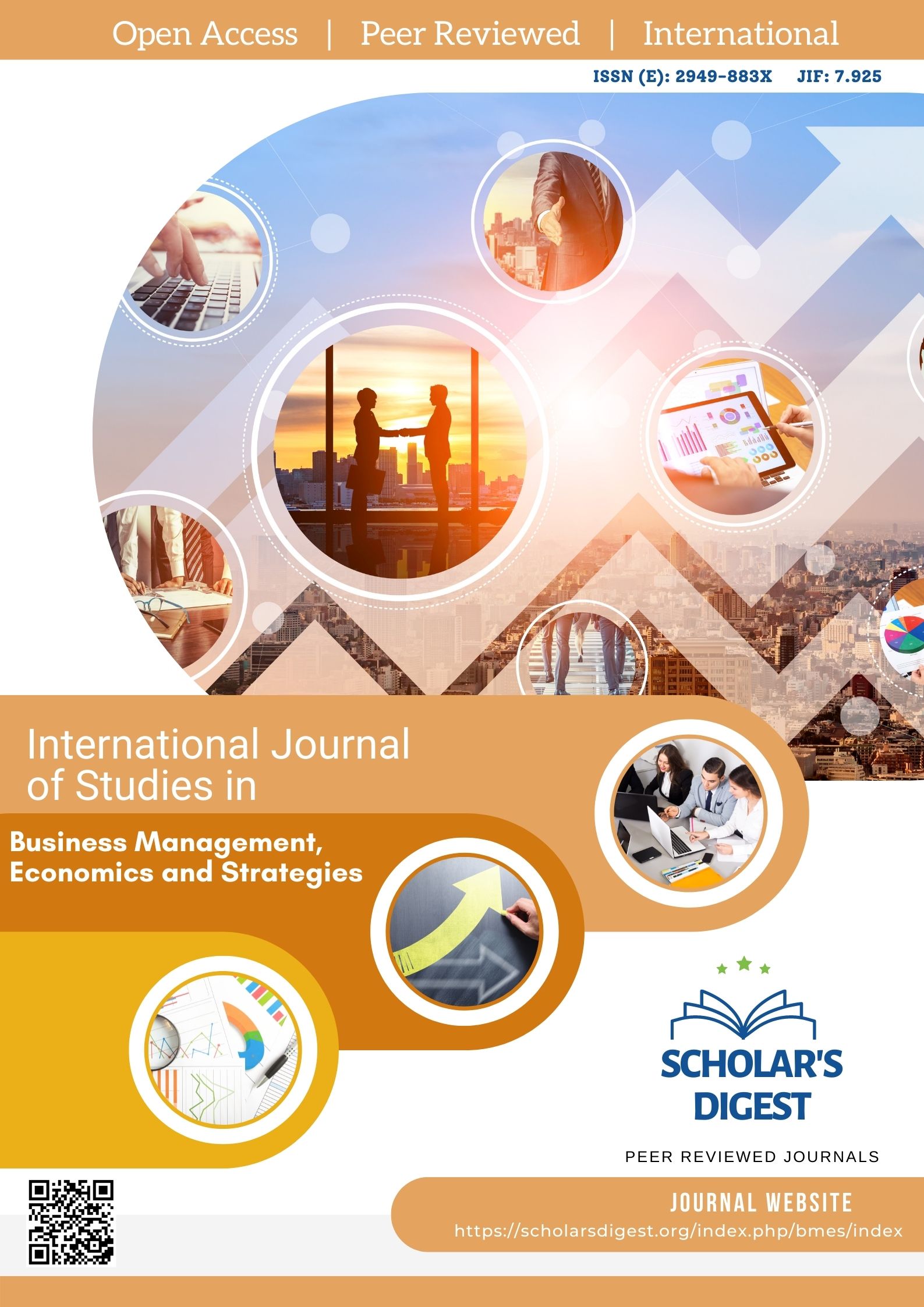MODELING THE CAUSAL RELATIONSHIP BETWEEN NUCLEAR POWER, RENEWABLE ENERGY, AND IRAQI ECONOMIC GROWTH
Abstract
Researchers are now concentrating on the connection between economic growth and environmental pollution as a result of growing worries about climate change and global warming (Ahmad et al., 2018). In fact, the argument over energy consumption has entered a new phase among scholars and decision-makers. This problem has grown more important in light of recent developments in climate agreements like COP-22. The International Energy Agency (IEA) has noted that the environment, society, and economy are all unstable under the current situation of energy usage. Unique energy actions are required in this circumstance. If not, oil demand will rise along with energy-related CO2 emissions, which will more than double until 2050 (IEA, 2017). The usage of fossil fuels like coal, gas, and oil in the majority of emerging nations, including Iraq, is another issue. These energy resources will eventually run out because they are non-renewable and non-nuclear in nature. As opposed to fossil fuels, renewable and nuclear energy sources have less of an impact on the environment. It's also crucial to remember that nuclear and renewable energy sources help safeguard the environment, cut down on CO2 emissions, and lessen reliance on imports. As a result, nuclear and renewable energy sources appear to be crucial for addressing issues with energy security and environmental deterioration (Saidi & Mbarek, 2016).
Downloads
Published
Issue
Section
License

This work is licensed under a Creative Commons Attribution-NonCommercial 4.0 International License.








